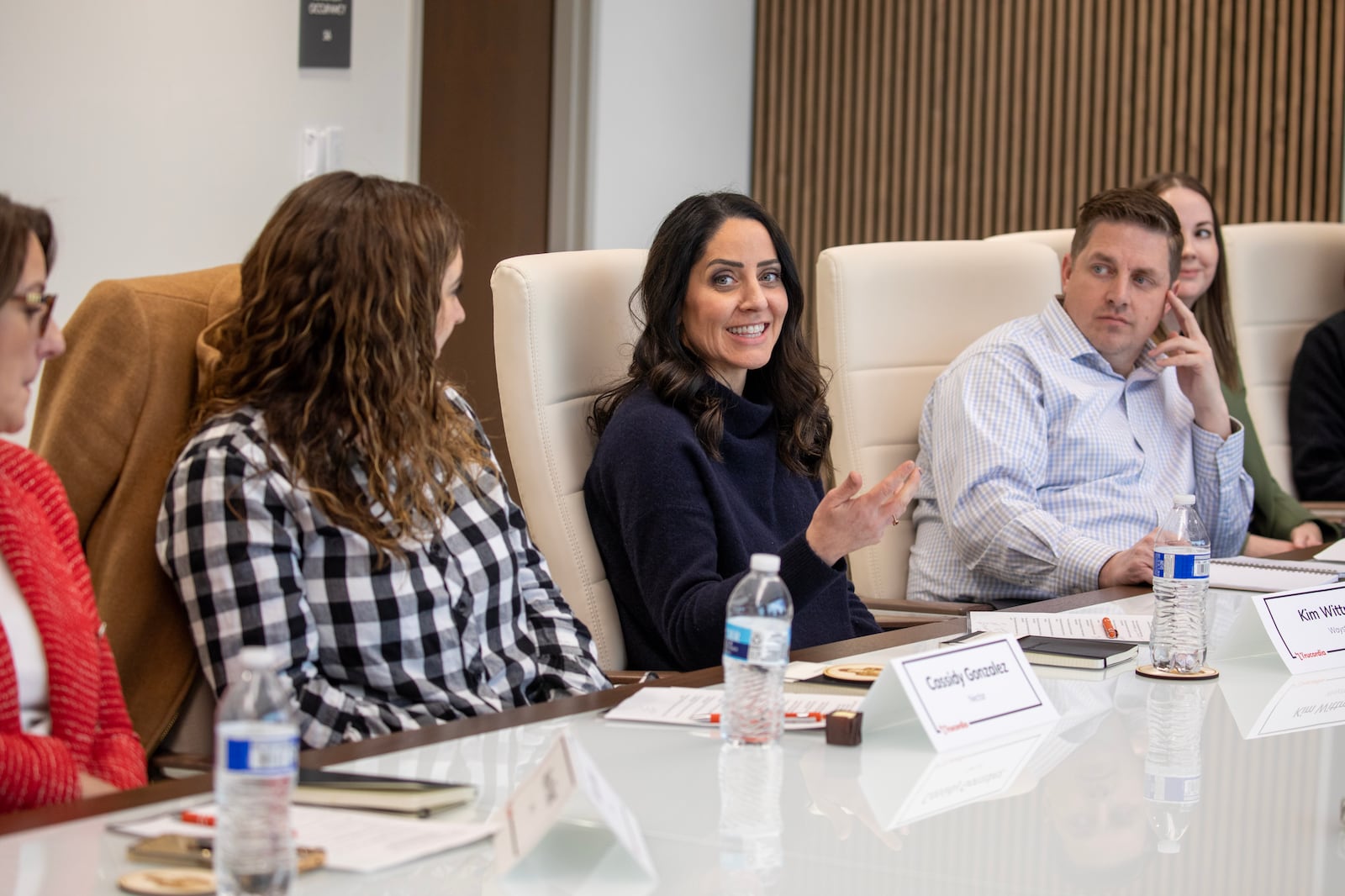Last month, Utah Business partnered with Trucordia to host a roundtable on benefits and compensation featuring local HR executives. This conversation was moderated by Heidi Barnett, CEO of ApplicantPro.
How is your organization adapting compensation strategies to address inflation and cost of living challenges?
Mindi Cox | Chief Marketing & People Officer | O.C. Tanner
We’re moving to have everyone participate more fully in our variable-paid plans so that we can share the business’s success in real time with all of our employees. Everyone has a percentage of their pay that is variable pay on top of a base pay amount that’s competitive for the market. … We pay them bi-annually — June and December — which is great for summer vacations and Christmas. We’ve thought about what times are impactful for our people so they can feel like they’re getting that extra level of care.
Ron Hendrixson | Chief People Officer | FinditParts
Last year, we rolled out equity for all — all the way to the most junior employee. ... Then, this year, we actually gave a bunch of extra time off around Christmas. Things were slow for us, so we said, “We can’t give them more money. Let’s give them an extra seven days off.” We’ve only had one resignation in two and a half years, so everyone’s happy.
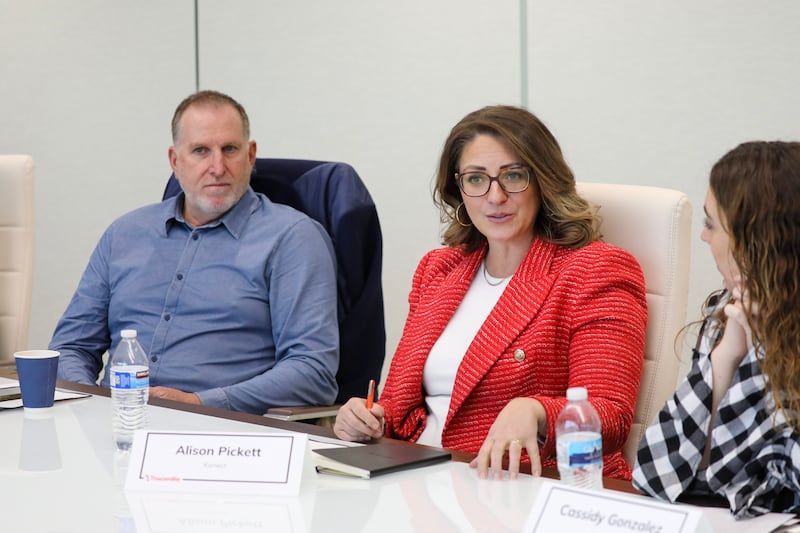
What innovative benefits or perks have you implemented to stay competitive in today’s market?
Cassidy Gonzalez | SVP, People & Culture | Nectar
There’s a company that just started here in Utah called FuelUp. ... They will come to your office building and fuel your employees’ cars so they don’t have to go to the gas station. You pay a membership fee for your employees, … and the employees pay what they pay at the pump. … We’re excited to be able to offer something new and unique that relieves a little bit of mental load.
Kim Wittman | Chief People Officer | Waystar
We just went public in June of last year, and we just announced the launch of our employee stock purchase program. You get a 15 percent discount, if you participate in the program, on the stock price. … We also created dashboards for our managers to track time off. We’re looking for outliers — people who are not taking time off and people who take a ton of time off — and encouraging specifically the people who don’t take time off to do so.
Kari Plaster | Chief Human Resources Officer | Layton Construction
At Layton, we also have an employee stock purchase program. … The match is significant; it’s 20 percent. Employees can start on day one. … From a future wealth creation standpoint, it’s just phenomenal.
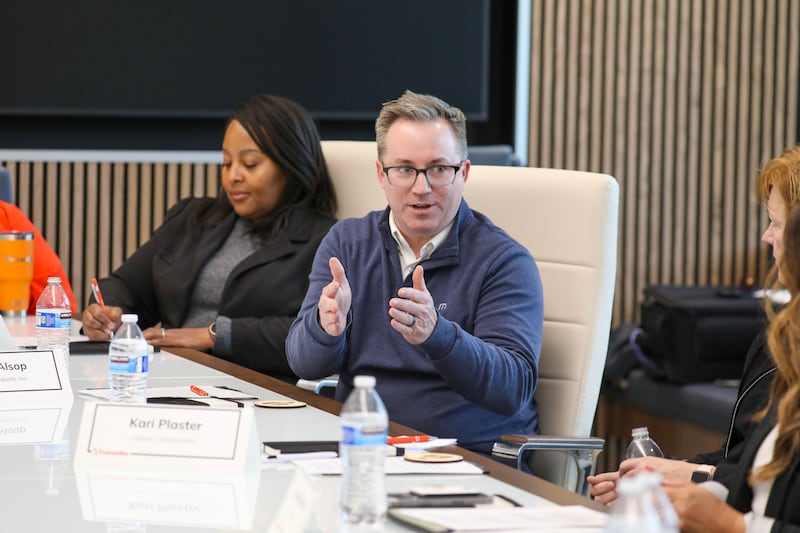
How are you handling pay transparency requirements and employee expectations around compensation disclosures?
Nichelle Dekeyzer | Chief People Officer | Okland Construction
I think pay transparency goes hand-in-hand with education — making sure your managers are well equipped to have pay conversations so people know what questions to ask and understand what the pay metrics mean as it relates to their experience. We provide visibility into the pay band and where [employees are] in the pay band during merit conversations or compensation conversations, and we work with our managers so they’re ready to answer follow-up questions.
Brooke MacNaughtan | Chief People & Community Officer | Leavitt Group
Something that’s been important for us is for our employees to see we are being proactive about being competitive with our compensation. We have a third party that will help us benchmark against what other people are doing in that same job so they know, “Hey, my company has me in mind with trying to stay competitive and making sure we have equity and parity.”
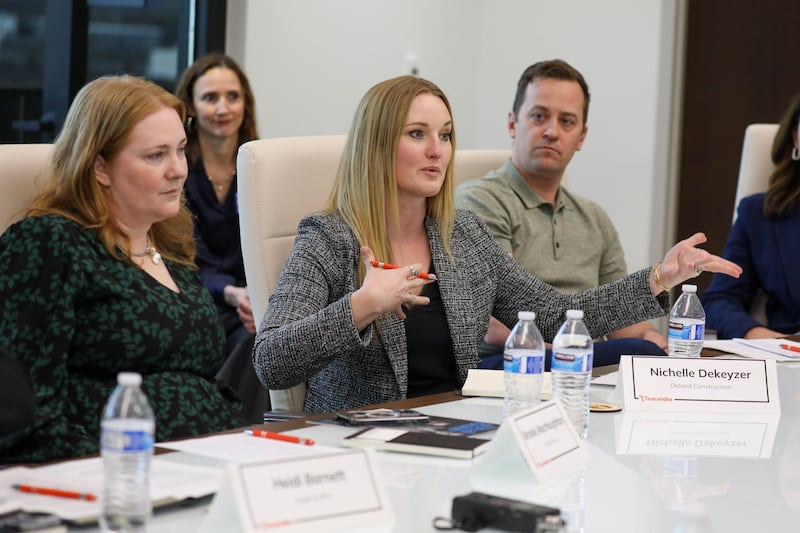
Alison Pickett | Chief People Officer | Kenect
Last year, we focused on having pay conversations that didn’t lead somebody to believe they were walking away with money in the bank. … You can say no. Clear is kind. You can still have an amazing career conversation that isn’t, “Oh, that $5,000 — just give us until April and we got you,” and inevitably leave [employees] disappointed.
Debra Fiori | Chief People Officer | Progressive Leasing
We just went through a process to educate our managers on the various components used to make decisions around pay. We’ve traditionally focused on merit, even calling it a “merit process,” and instead changed it to the “salary process.” … There are multiple factors that are taken into account to make a pay decision, and we focus largely on the market piece of it and do a pretty sophisticated analysis every year on market pay for every single job.
John Barrand | Chief Human Resources Officer | State of Utah
I actually think it puts immense pressure on a compensation team to be able to deliver when there’s transparency out there. ... I was in a committee meeting on Friday. We’re about to make it illegal — or get a bill turned into law — to ask for past salaries in previous roles. Of course, that’ll only apply to the public sector, but typically, the private sector takes a few years and [follows suit]. … It’s advantageous for females in the workforce. Dr. Susan R. Madsen from A Bolder Way Forward speaks to this. When you have to disclose salary increases or previous salary, it has a drastic impact on women in the workplace.
Kari Plaster | Chief Human Resources Officer | Layton Construction
The compensation conversation is one of the most difficult that leaders have to have. Getting their training right, related to that, is not easy because they’re managing so many components in this conversation — the nonverbal communication from me to you, your respect to me and managing what I’m actually saying as well. … It’s best to be completely authentic. Don’t mince words. Don’t make promises you can’t keep.
David Alsop | Chief Human Resources Officer | Ultradent Products Inc.
Two years ago, we moved away from the merit conversation. Every January, we just call it a “pay assessment.” It’s been interesting to see how much more effective the conversations are becoming. … My struggle with pay has always been that we talk too much about pay when we need to be talking about people’s growth, which will lead to more pay and their development. For us, that’s working.
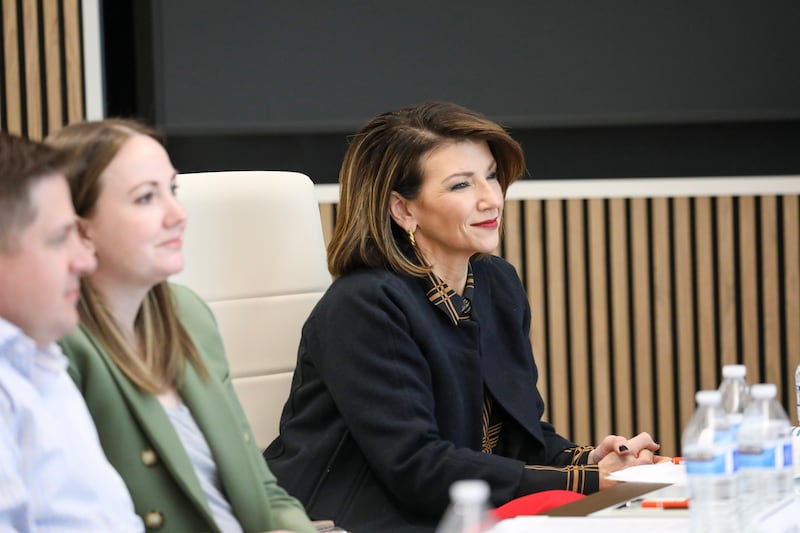
What strategies are you using to communicate a total rewards package for your employees?
Kristi Perley | VP, Finance & Culture | 97th Floor
We had the idea to do a “Spotify Wrapped” for the company. At the end of the year, we put out some basic, fun company information: Here’s how many times we ordered catering; here’s how many books we bought for you guys. … Then, I went employee by employee and pulled up, “Here’s your pay, here are your bonuses, here’s your mentorship pay, here’s your 401(k) match, here are your HSA contributions, here’s what we pay for your health insurance and other benefits.” ... And at the end, it said, “If you want to make more next year, here’s how you can do it. You didn’t contribute to an HSA or join our health insurance.” … The employees were able to say, “Oh, I left money on the table that I wasn’t taking advantage of.”
How are you structuring hybrid or remote work policies and associated compensation adjustments?
Mindi Cox | Chief Marketing & People Officer | O.C. Tanner
We don’t vary pay by location or work arrangement, but we do have 400 site-dependent employees in Salt Lake City. Flexibility is currency for them because they could work in a lot of environments that wouldn’t be flexible. … Allocating buckets of time or bringing services onsite — like dental services that come to the office or our onsite clinic and not having them clock in or out to participate in those services — has afforded those employees with what we call site-dependent work some additional flexibility.
John Barrand | Chief Human Resources Officer | State of Utah
We came back to two [in-person] days a week and had different agencies do it at different times. We saw a 91 percent spike in performance improvement plans, a 220 percent spike in ADA requests and a six-time spend in ergonomic requests. … We weren’t prepared for all of that.
What role are AI and automation playing in your compensation management and benefit administration?
Alison Pickett | Chief People Officer | Kenect
We actually do all of our market analysis through AI right now. ... We live, breathe, eat and die by AI in our organization. We run all of our market analyses through AI to see if we can get additional insights about the job position, geolocation, and anything specific to a space or frame of reference in the market. … We have some amazing tech folks who are even trying to build our performance management through AI. We’ve also started looking at some tools where you can actually upload your handbook and all of your benefit programs and have a hub of AI where your employees can go for questions.
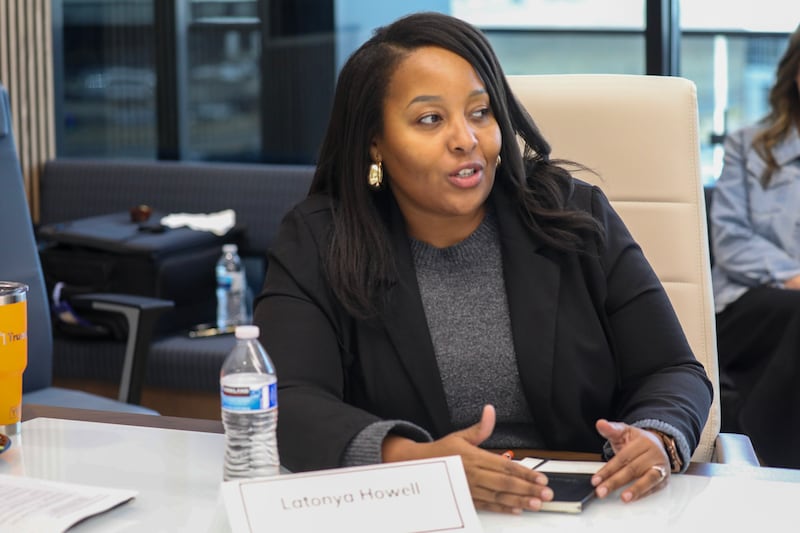
Debra Fiori | Chief People Officer | Progressive Leasing
We have all of our HR-related content in [an AI tool we created] called Piper. It’s reduced friction on the employee experience. They go to Piper and get an answer on anything without talking to someone on my team. … The R&D team is using that knowledge to develop a chat for our customer service center. … Now, the other functions in the company want to jump onto Piper and add their content.
Kim Wittman | Chief People Officer | Waystar
In most organizations, I think resources are getting pulled in every direction because every department is looking at how to utilize AI. … I came in and asked each of my teams, “What is the baseline AI capacity of all the products we use today?” ... If you actually just look at the partners you have, you may be able to build a roadmap that doesn’t require engineering support. Our engineering support is going to our product.
What mental health and wellness benefits are proving most impactful for your workforce?
Ron Hendrixson | Chief People Officer | FinditParts
I just wrote a policy that says you can slide your schedule three hours anytime you want, as long as you’re not going to impact your team. As far as all the other mental health benefits, ... when I arrived at this company, there were 25 benefits and we had 5-7 percent usage on most of them. I took the money and put it all into healthcare and short-term disability. … And if someone’s falling behind, I help them. My general question is, “Do you need more time or do you need some help? What’s going on?”
Jake Oyler | VP, Benefits | The Larry H. Miller Company
I’m really passionate about simplifying that entry point into getting mental healthcare. … I love being able to have one entry point and being able to share that. … If you as an employer can say, “I have a solution, and you can get in to see somebody in 48 hours,” it’s such a relief for a parent or for yourself. It’s worth a few extra bucks to make that happen. … Lyra Health is a program that does a nice job. … [We’ve also] partnered with a local company called VEST EAP.
Nichelle Dekeyzer | Chief People Officer | Okland Construction
Opening up honest, authentic, two-way dialogue is really important. You can roll out every program under the sun. … I think we are quick to say, “Cutting edge, we’re in the HR space, here’s exactly what you need.” But how often are we stopping to ask, “Is it working? Is this helpful? Would you rather have two days off a year?”
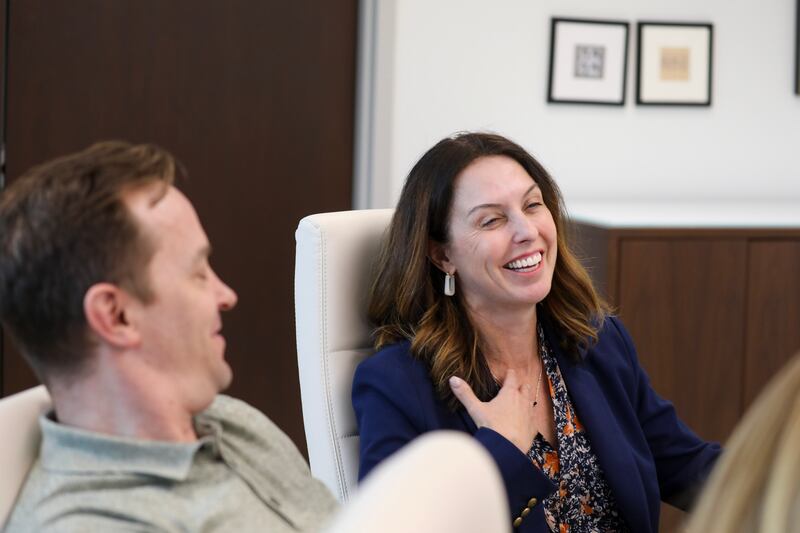
What metrics are you using to measure the effectiveness of your overall compensation and benefit programs?
Cassidy Gonzalez | SVP, People & Culture | Nectar
A lot of people do exit interviews when people leave, ... [but] I’m a huge proponent of stay interviews and meeting them proactively. I ask, “OK, why are you staying? What is working well?” You’re measuring not just to find the pain points, but you’re measuring to find the things that you can double down on to keep your people happy and staying.
Latonya Howell | VP, Human Resources | Tafi
I think it’s those informal conversations that give you the most ROI. … Without invading privacy as much as possible, if I know someone who’s utilized a benefit, I’ll follow up with them and ask, “Hey, what was your experience? Did you like that? Did it work for you? What would you suggest moving forward?”
How are you handling the rising cost of healthcare benefits while maintaining your competitive offerings?
Kirk Benson | VP, Operations Benefits | Trucordia
Here, we don’t contribute to the HSA at all, and I would argue that there’s a good reason not to. We all know that’s the best tax-advantaged account that an employee has available to them, correct? So why are you taking that opportunity away from them to save on their taxes in that way? What we’ve done over the years is spread the employer contribution from the HSA to the other plans. … If you have that extra money, you can take and contribute to their 401(k) or to other things that will help them in the long run.
Jake Oyler | VP, Benefits | The Larry H. Miller Company
I’m not seeing a huge cost per employee from a PPO plan vs. an HSA plan anymore. The reason why I used HSA funding in the past was to incentivize people toward a particular plan that I thought was going to save me money, and I’m not really seeing the savings there. Now, I just have to do it to be competitive. … I’ll still beat that drum all day long to get them to participate because I think there’s a great personal advantage there.
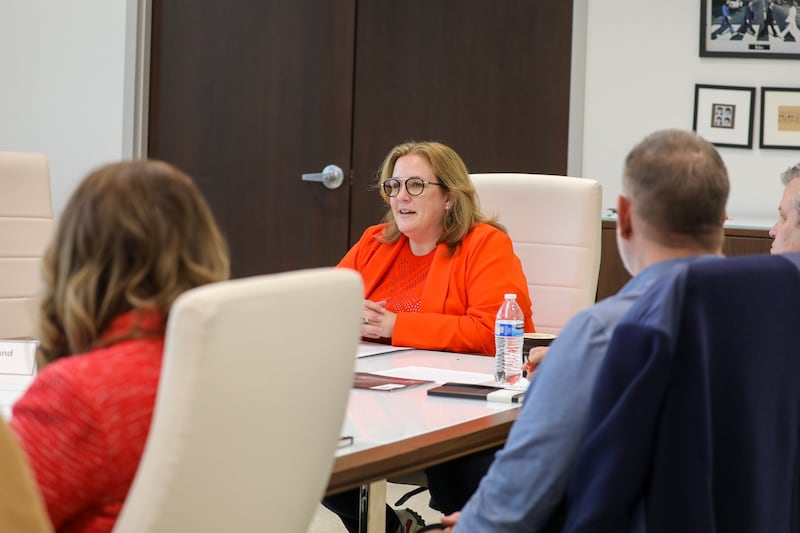
How are you evolving your benefits packages to appeal to the multi-generations in the workforce?
David Alsop | Chief Human Resources Officer | Ultradent Products, Inc.
I went to [my CFO] and said, “What do you think about spending more on parental leave?” And he said, “I have just as many people caring for geriatrics. … Why do we always focus on the parents and forget the older people?” It was a big wake-up call that we need to think more inclusively about it. We now have a caregiver leave and provide it to everybody who needs to care for someone in any way, including parents, mothers, fathers and geriatric coverage.
Latonya Howell | VP, Human Resources | Tafi
Data shows you get about two to three years with Gen Z employees max. They don’t care about your 401(k), but they do want to know, “Hey, can you pay for me to purchase a car? Can you put money toward housekeeping?” From a financial perspective, it’s balancing … how we can cater benefits to fit you and where you are in your stage of life.

